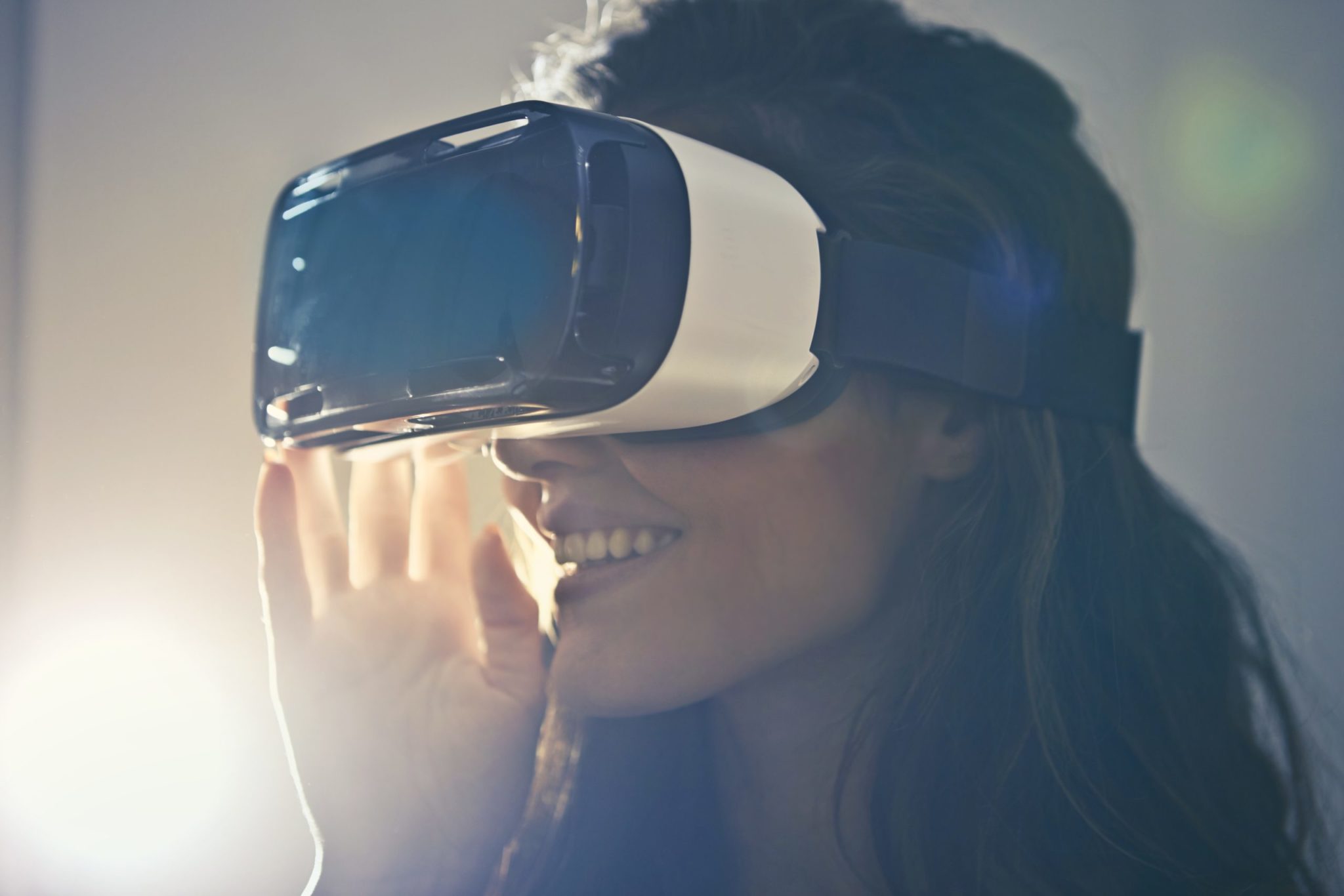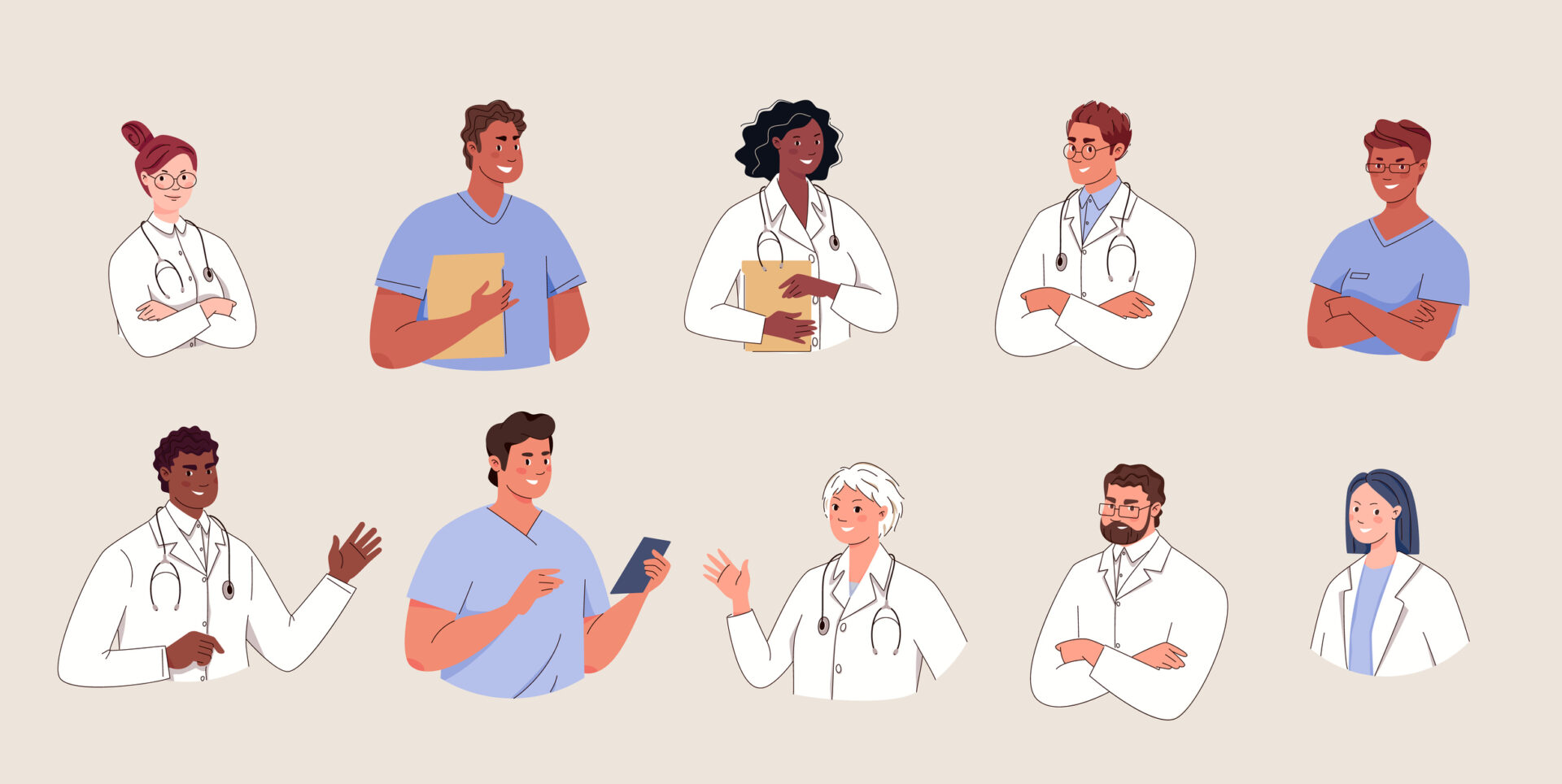As the ACGME’s Annual Educational Conference approaches, we are continuing our series of posts in conjunction with the conference’s theme. This year, the theme is “Meaning in Medicine: Compassion and Connection.” Our first post, ‘Meaning in Medicine: Patient Communication,’ covered essential steps physicians can take to ensure patients feel heard during appointments. The post provides tips on active listening and practices to be present with patients.
Our second post covers developments made by medical schools to improve how students practice their patient communication skills. These changes use technology to increase the frequency with which students can practice their skills. It also collects data more reliably, recording both a student’s success and areas in which they must improve. Continue reading below for more information on how one medical school is really leveraging technology to improve patient communication skills.
Helpful Holograms
Technology in medicine has come a long way as outlined in our post, ‘Medicine Goes High Tech in 2020.’ One area of medical technology that we did not explore is that of virtual or simulated patients who can elevate a student’s learning experience in a controlled setting. With the help of a substantial grant, the University of Texas, Dallas, is investing in virtual patients. With this technology, students can interact with patients at their convenience.
The technology being used at the University of Texas is being studied by the National Science Foundation. The NSF is hoping to determine the feasibility and benefits of expanding VR in medical education. Future projects might include introducing virtual teachers and peers to test for professional communication and interaction skills. The current virtual patient in residence at the University of Texas, Walter, can be seen by students with the aid of a Microsoft Hololens.
The University of New England points out that without virtual simulations, its nursing students only practice patient interaction two or three times annually. With the introduction of virtual patients, exposure has increased without the need to increase budgets, time, space, or resources.
Maximized Learning
While there are drawbacks to virtual patients, such as the possibility of insincere interactions and canned responses, the benefits of this technology overrides them. Positives include the ability of virtual patients to be used 24/7 and the ability for medical students to test their responses to nonverbal cues. The Microsoft Hololens makes possible it possible to display these signs.
SimX, a virtual reality technology created by a Stanford Professor, is another popular patient simulation that incorporates virtual reality. It allows students to develop their own virtual patients. Students can input demographics to create a simulation that takes into account a patient’s age, gender, and symptoms. This allows individuals to practice specific case studies.
Deep Data
These virtual interactions allow for greater data collection. Accuracy in this area can provide students more direct feedback. This feedback can inspire growth and lead to a more exceptional physician and patient communication in the future.







Leave A Comment